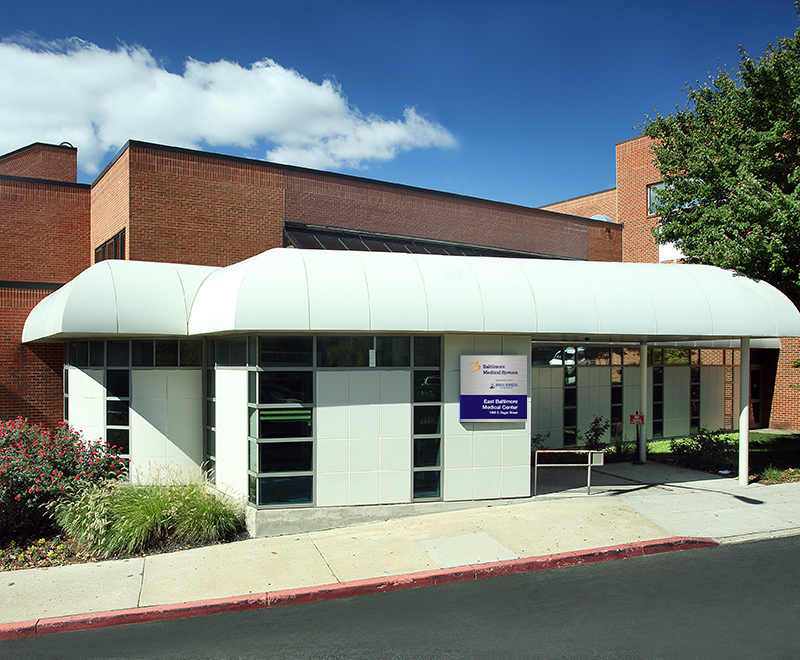FY20 Annual Report: Baltimore North
An Exercise in Collaboration & Coordination to Benefit Our East Baltimore Community

Ask any administrative department within Johns Hopkins Community Physicians (JHCP) what their top five projects were of fiscal year 2020 and they will all have one in common: the partnership with Baltimore Medical System (BMS) to transition East Baltimore Medical Center (EBMC) into a Federally Qualified Health Center (FQHC). The Baltimore north region’s largest project of fiscal year 2020 was also one of the most impactful.
For decades, EBMC has proudly delivered high-quality health care services to its community. Over time, it became difficult to keep up with the needs of its patient population. In order to take the best care of this community, EBMC needed access to services that JHCP was not able to provide: community health workers, behavioral health specialists, clinical nutritionists, certified dieticians and care managers. “These services are greatly needed in this patient population,” says Mike Cole, Baltimore north senior director of operations and strategic initiatives. “After a lot of thought and evaluation,” he says, “Johns Hopkins Medicine determined that the best way to provide the services would be to partner with an FQHC.”

East Baltimore Medical Center (EBMC)
Johns Hopkins Medicine chose to align with BMS. Cole explains, “it was clear that the [FQHC] that most aligned with the mission, vision and values of Johns Hopkins Community Physicians was BMS.” BMS is the largest FQHC in the Baltimore region and would have the ability to receive federal government grants to fund the greatly needed services. Partnering was a win-win: JHCP would be able to continue to offer the same high-quality care that patients have come to know and expect, and they would have access to additional resources through BMS. “The partnership would allow more underinsured and uninsured patients to affordably access care and medication at EBMC,” explains Mike Albert, chief of internal medicine and primary care clinical innovation. But it would not be easy. “The transition of EBMC from JHCP to BMS, while maintaining Johns Hopkins Medicine employment and identity for all staff and providers, is one of the largest challenges undertaken in recent years,” Albert says.
With a decision made, the real work began — eighteen months’ worth, to be exact. With the support of the Office of Johns Hopkins Physicians (OJHP), teams of representatives from BMS, Baltimore City, and JHCP, along with other Johns Hopkins Medicine leaders, planned to implement the transition. Conversations were had surrounding changes to business platforms, electronic medical records systems, financial platforms, branding and marketing, as well as many other areas. They also had to build awareness of the change internally. To manage such a project, twelve workgroups were developed to cover topics from information systems, to credentialing, government affairs to pharmacy. Approximately fifty individuals made this project a part of their daily work, and many more worked behind the scenes.
The transition went live at the end of the fiscal year, on June 4, 2020, with a small group of key project members staffing a command center. “That helped immensely,” Cole says. “The goal was to address unforeseen issues in real-time for the first week.” One unforeseen hurdle was a global pandemic, hitting just months before go-live. The workgroups quickly adapted by converting meetings and staff workflow trainings to virtual platforms, keeping the plan on track.
"We all have one common goal: serving our East Baltimore community."
“With a lot of hard work from a lot of knowledgeable people,” Cole says, “we were able to bring this project to fruition. We all have one common goal: serving our East Baltimore community.”
